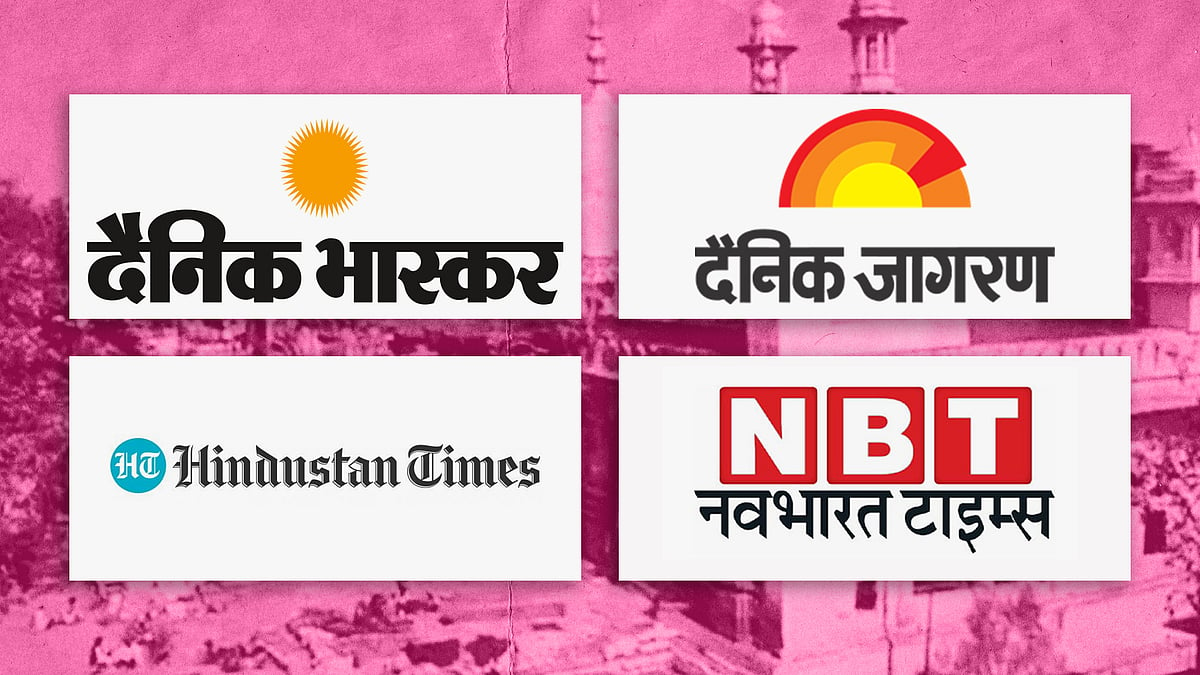Why the Places of Worship Act is crucial to the Gyanvapi mosque controversy
And why the Supreme Court should protect India’s secular fabric.
The much talked about Places of Worship Act, 1991 is in the limelight again. This time in the aftermath of a direction given by the Varanasi civil court to appoint a team of court commissioners to conduct an inspection of the Gyanvapi mosque complex, which is situated adjacent to the Kashi Vishwanath temple in Varanasi.
The order was passed on a plea filed by five Delhi-based women seeking permission to perform daily worship of a Shringar Gauri deity located on the outer wall of the mosque. What is strange that the plea concerned the worship of this specific deity on that wall, but the civil court ordered an inspection of the entire mosque premises – including the “mosque” and the “tehkana” which was not the subject matter of the suit.
The Anjuman Intezamia masjid committee, which manages the Gyanvapi mosque, objected to the civil court’s order. It initially approached the Allahabad High Court to intervene and stay the order but the high court refused to intervene.
Since then, a “Shivling” has been purportedly found in the mosque – though the mosque committee said it’s a water fountain – and the Varanasi court has ordered the area to be sealed.
Now, the counsels for the plaintiff in the civil suit have, on the one hand, stated that the civil court ordering an inspection of the mosque premises is not in violation of the Places of Worship Act, 1991. This is because the act was enacted for freezing the status of places of worship as they existed on August 15, 1947 and the prayer in the civil suit is not to change the title of the place of worship but to allow “pooja staphna” at the Shringar Gauri deity.
However, the masjid committee has now taken up the entire matter before the Supreme Court, stating that the Places of Worship Act prohibits any court proceedings in relation to religious institutions. This had been reiterated by the apex court in the Ram Janmabhoomi-Babri Masjid case too, where the Supreme Court had laid down that the act is a legislative instrument designed to safeguard the secular features of the country – one of the basic features of the constitution.
It may be pertinent to point out that the PV Narasimha Rao government enacted the Places of Worship Act on September 18, 1991 one year prior to the demolition of the Babri Masjid. Even though the provisions of the act did not apply to the dispute, it was still seen as an instrument to negotiate the dispute by building confidence in the Muslim community. It acted as a reassurance to the community, that even if they accept the claims of Hindu organisations on the disputed site, other mosques throughout the country would remain protected and their statuses the same.
The act is not limited to mosques but includes other places of worship of all faiths – temples, gurudwaras, churches, monasteries, and any other place of public religious worship. The act mandates that all suits, appeals and proceedings with respect to converting the character of a place of worship, which are pending before any court or authority on August 15, 1947, will abate as soon as the law comes into force.
The law is a special enactment and prevails over any other law in force.
Now that the masjid committee has approached the Supreme Court with its plea, it is for the consideration of India’s highest court to exercise its inherent powers and stay the proceedings which are in violation of the Places of Worship Act and have the potential to disturb the calm and peace of India, and likely open a Pandora’s box. If such proceedings are allowed to continue, it will give false hope to radical organisations to stake claims on various disputed religious sites. It will also create fear in minority communities with regard to their places of worship, with a cascading effect on the secular fabric of the nation.
SM Khan is vice president of the India Islamic Cultural Centre, New Delhi, director of Jamia Hamdard, and former press secretary to the President of India. Shahryar Khan is an advocate in the Delhi High Court.
 ‘Mosque’s walls look like temple’: Hindi dailies on ‘Shivling’ in Gyanvapi mosque
‘Mosque’s walls look like temple’: Hindi dailies on ‘Shivling’ in Gyanvapi mosqueNL Events
Newslaundry Events: From The Media Rumble to NL Chats and webinars, updates and details on latest Newslaundry events.
